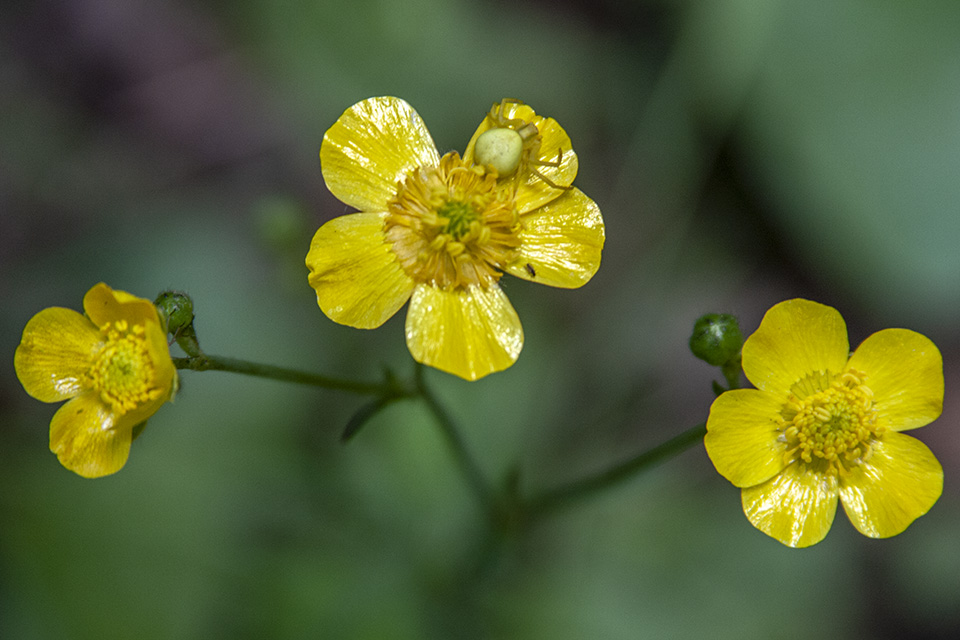

The petiole attaches at the basal margin of the leaf blade The upper side of the leaf is dull or slightly shiny The leaves are green, with an expanded blade and a leaf-like texture The leaves drop off in winter (or they whither but persist on the plant) The leaf blade is herbaceous (has a leafy texture) The upper side of the leaf blade is relatively uniform in color the leaf blade is orbicular (roughly circular, as wide as long).the leaf blade is oblanceolate (lance-shaped, but with the widest point above the middle of the leaf blade).the leaf blade is elliptic (widest near the middle and tapering at both ends).the edge of the leaf blade has lobes, or it has both teeth and lobes.The underside of the leaf has no noticeable bloom The base of the leaf blade is cuneate (wedge-shaped, tapers to the base with relatively straight, converging edges), or narrow The leaf has a distinct leaf stalk (petiole) The leaf blade does not have inflated hairs on itĪlternate: there is one leaf per node along the stem The fruits do not have thorn-like defensive structures the plant has basal placentation, where one or a few ovules develop at the base of a simple or compound ovary.The fruit is an achene (dry, usually one-seeded, does not separate or split open at maturity)

The fruit is dry but does not split open when ripe The fruit is an achene (dry, indehiscent, and usually one-seeded) The achenes are perpendicular to the plane of the perianth (vertical) The stigmas are positioned at the tip of the style The stamens are not attached to one another The stamens are not attached to the petals or tepals

The carpel is solitary or (if 2 or more) the carpels are not fused to one another There are two or more ways to evenly divide the calyx (the calyx is radially symmetrical) The anthers have narrow slits or furrows that run lengthwise along the anthers The anthers show no hint of a pink, reddish or purplish tint


 0 kommentar(er)
0 kommentar(er)
